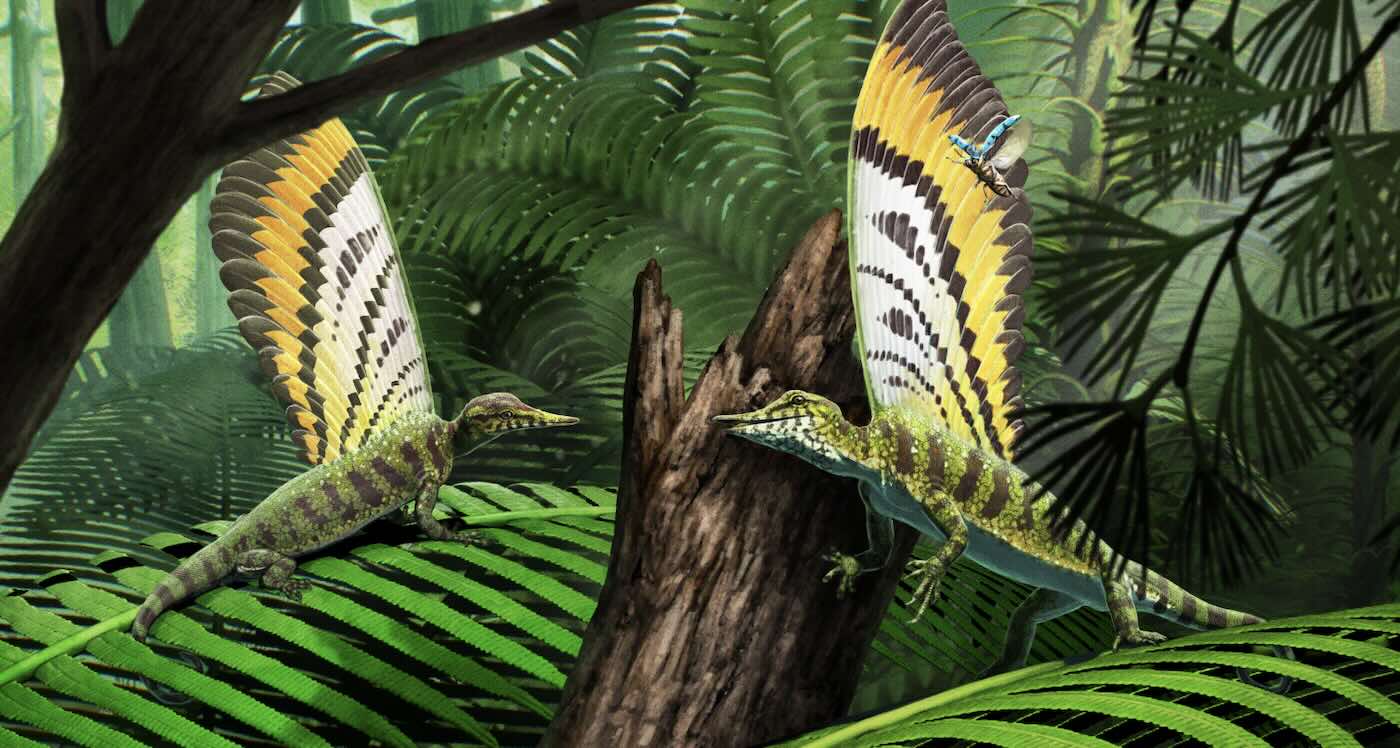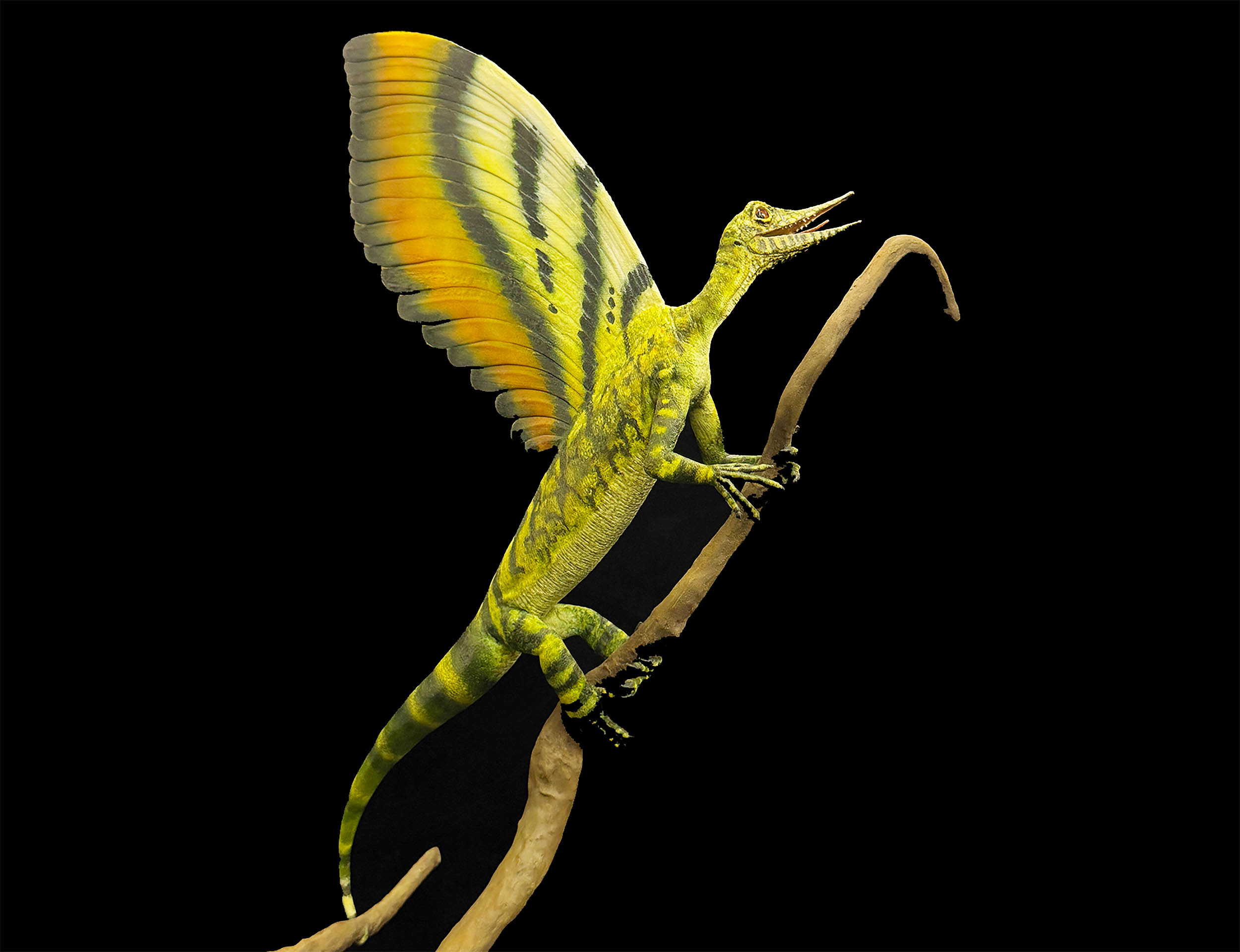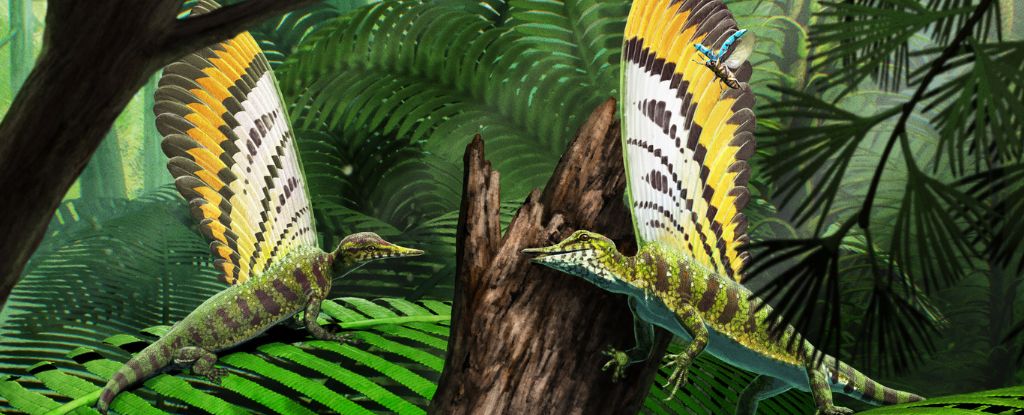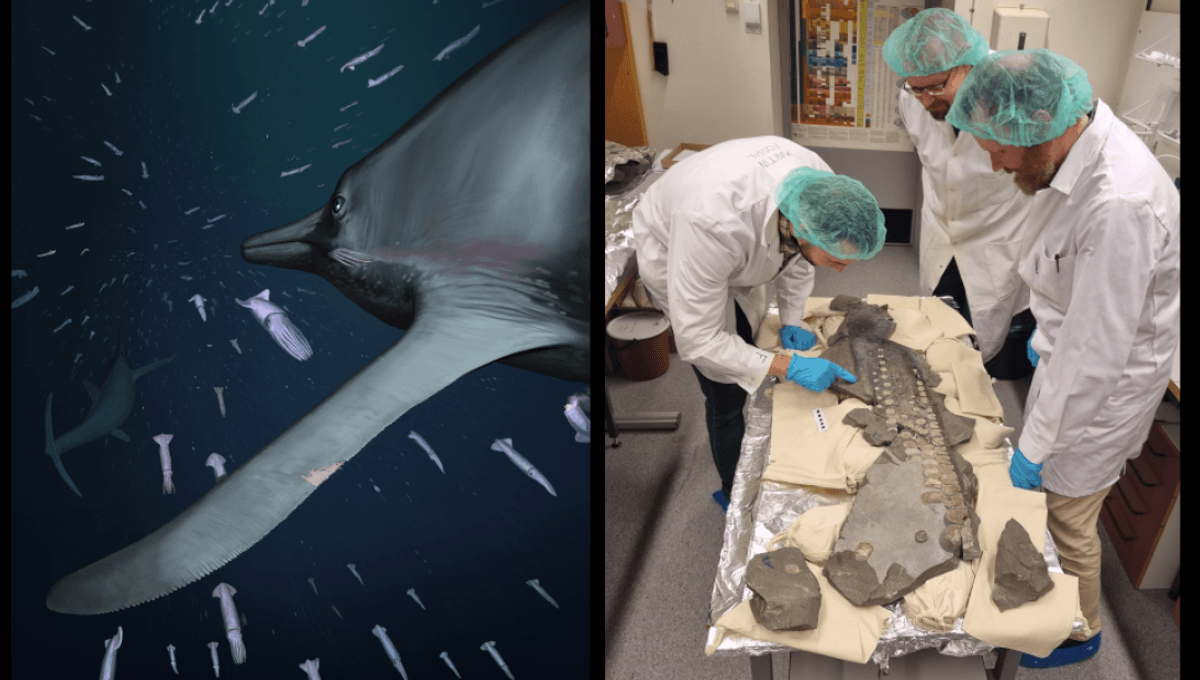T4K3.news
New Triassic reptile discovery changes views on feather evolution
A newly identified reptile with a unique crest may reshape understanding of appendage development.

This finding may reshape our understanding of appendage evolution in reptiles and birds.
New discovery challenges assumptions about feather evolution
A recently identified species of Triassic reptile, named Mirasaura, has been discovered with a unique crest that could change how scientists view the evolution of feathers and other complex appendages. This creature, which dates back 247 million years, has an enormous crest that does not resemble feathers, skin, or hair. It has led to a reevaluation of the origins of such appendages among reptiles, suggesting that they may have evolved prior to the emergence of birds. The study, published in Nature, revealed that the crests contain melanosomes, pigment-producing cells similar to those found in feathers, although lacking their typical structure. This raises important questions about the evolutionary history of these features in reptiles.
Key Takeaways
"The appendages must have been a striking and unusual feature of the animal's appearance."
Dr. Richard Prum comments on the distinctive characteristics of Mirasaura.
"These appendages must have been awkward to carry around, given that the longest is more than one-third of the length of the entire creature."
Dr. Prum reflects on the physical challenges the reptile may have faced.
"This material has been variously described over the years as including parts of a reptile skeleton, a fish fin, an insect wing or plant parts."
Dr. Prum discusses the confusion surrounding the identification of the fossils.
The discovery of Mirasaura sheds light on the evolutionary journey of complex appendages, suggesting they are older and more diverse than previously thought. This reptile’s distinct features challenge the long-held belief that advanced characteristics like feathers only emerged alongside birds. As researchers delve deeper into this finding, we may uncover more about the relationship between reptiles and their avian descendants. The implications for our understanding of evolution are profound, as the study encourages a reassessment of how and when such traits evolved in different species.
Highlights
- Mirasaura's crest could rewrite the story of feather evolution.
- This discovery challenges everything we thought we knew about appendages.
- Complex traits may have deeper roots than previously believed.
- A striking feature with potential roles in mating or predator deterrence.
Potential for significant shifts in evolutionary theories
The discovery of Mirasaura may lead to widespread discussion and critique in the scientific community regarding evolutionary history, especially in relation to appendages like feathers.
As research continues, Mirasaura may redefine the narrative around reptilian evolution.
Enjoyed this? Let your friends know!
Related News

New fossil discovery challenges reptile evolution theories

Study Reveals Possible Size of Early Dinosaurs

New fossil discovery changes views on early dinosaurs

Unique reptile fossil offers new insights into evolution

Triassic reptile skin discovery reshapes evolutionary understanding

Groundbreaking Fossil Discovery Revealed

New Mole Fossil Found That Changes Evolution Understanding

First Soft Tissue Fossil of Giant Ichthyosaur Found
